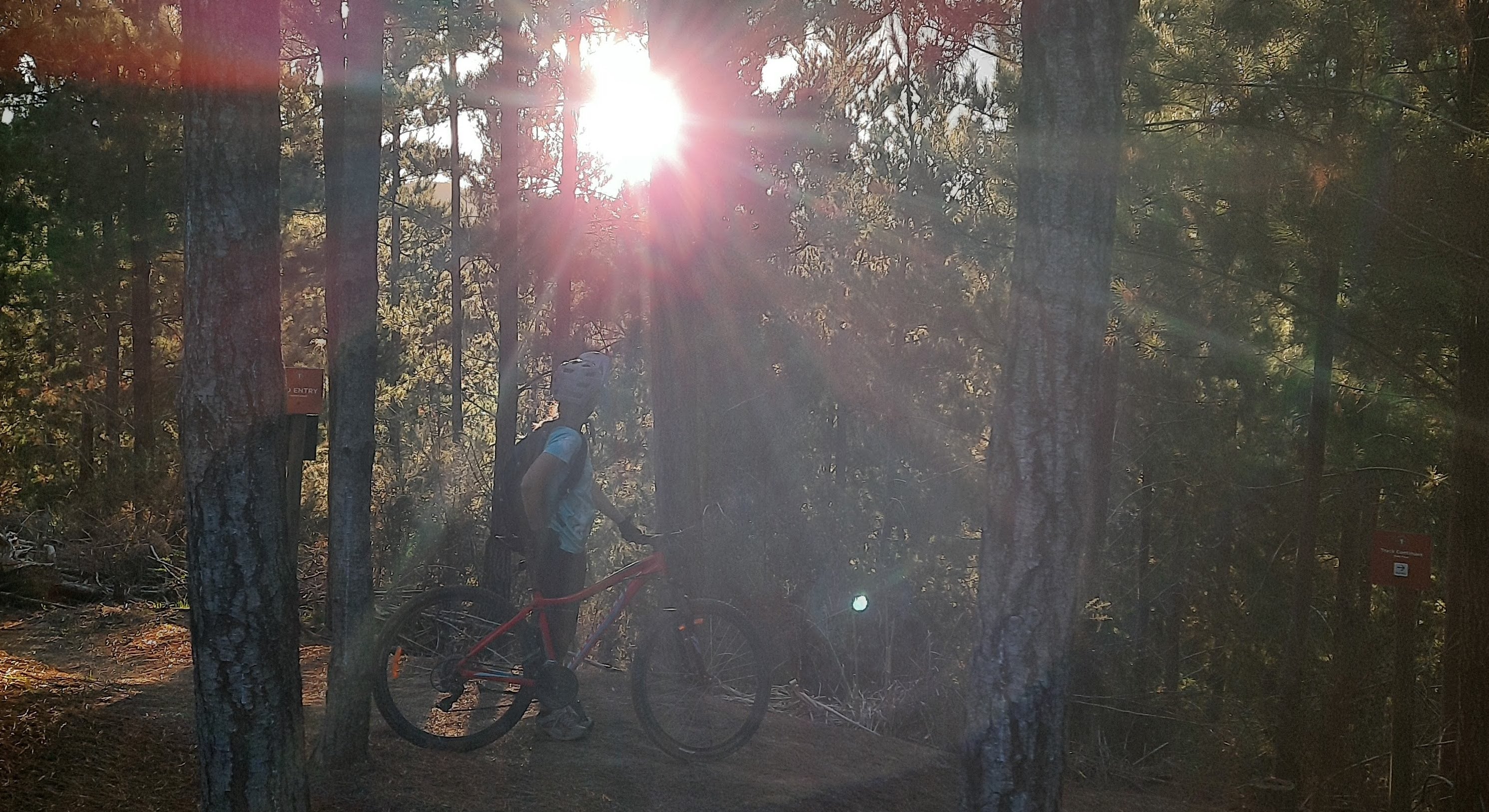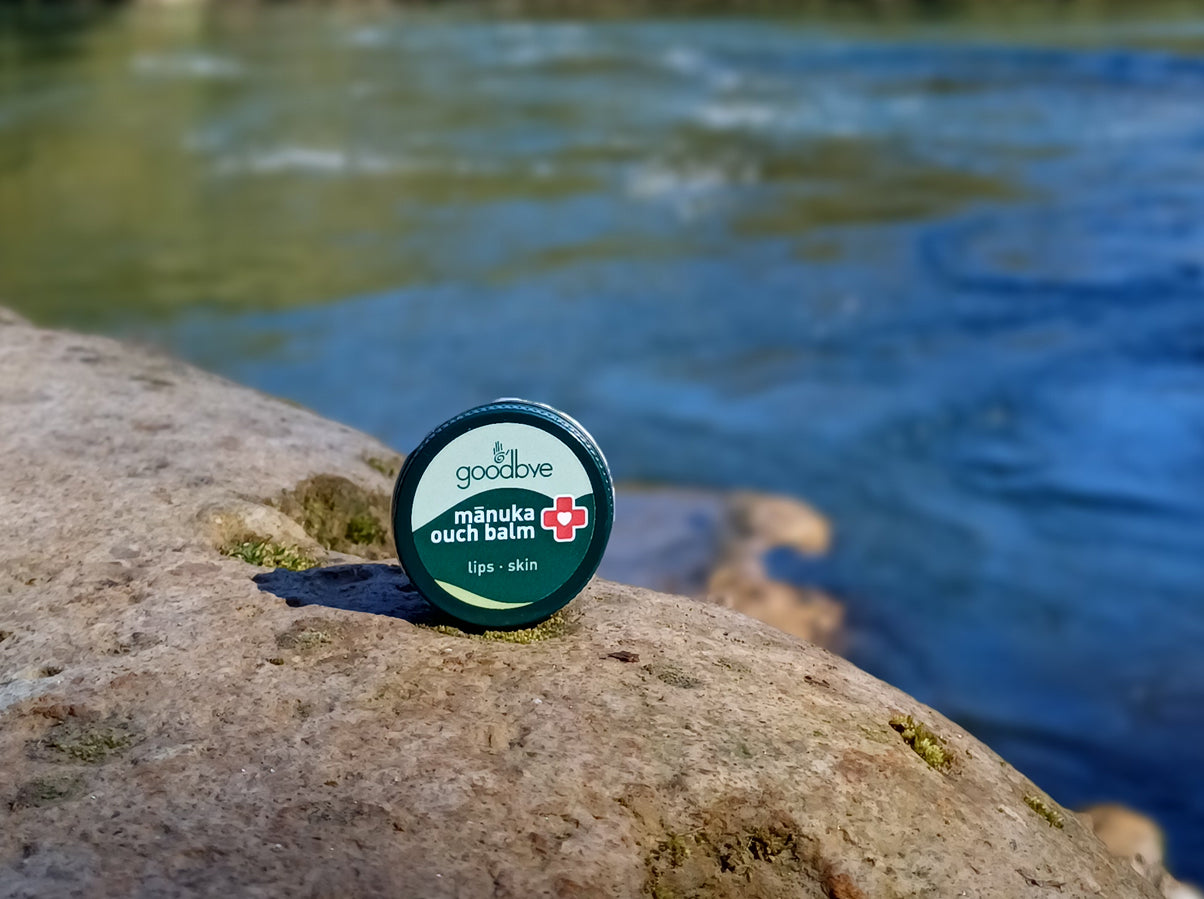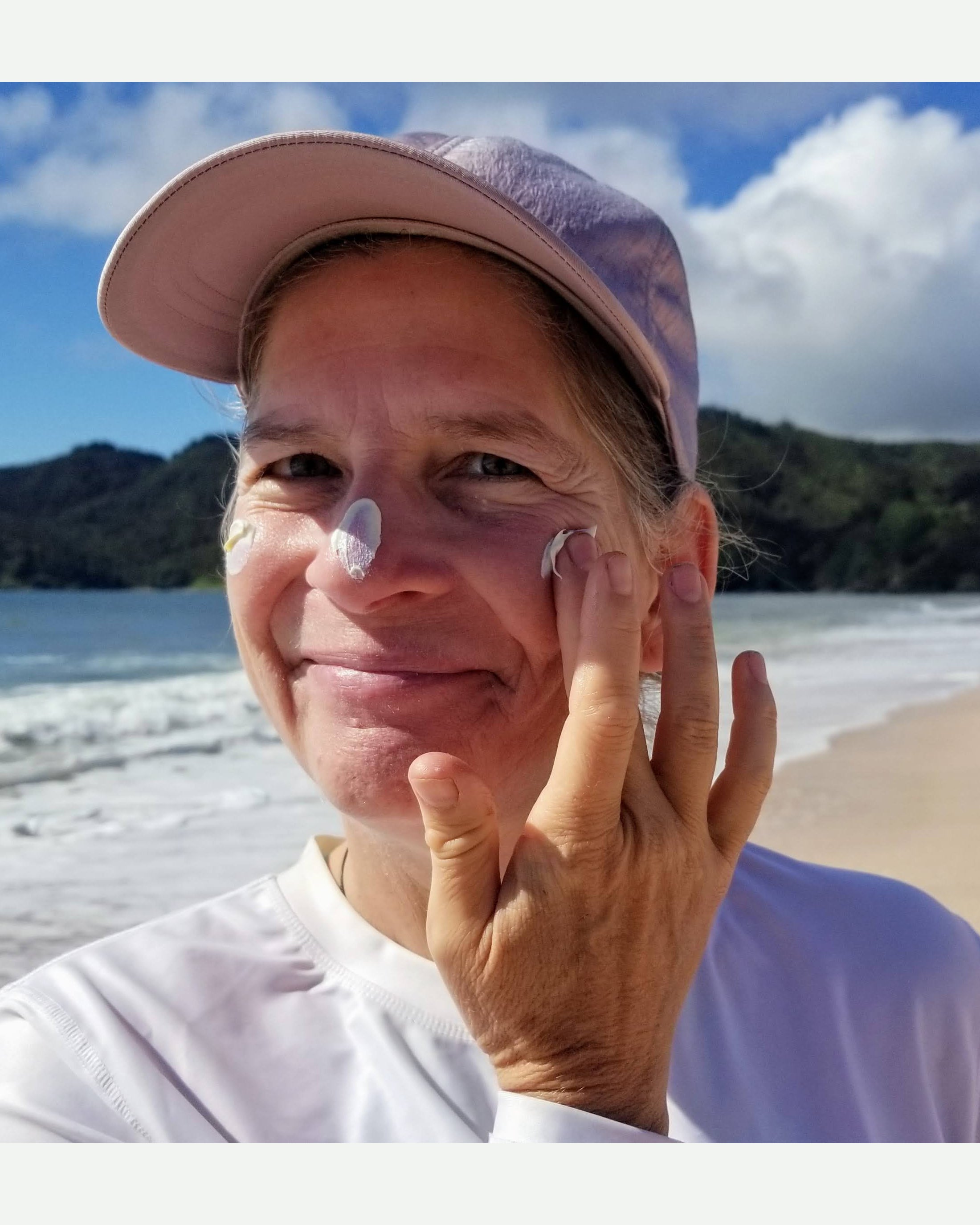The First Twenty Rides

How do you get through fear of learning something new? Join me for a story of deciding to learn how to mountain bike. I share my plan and results and also the short video that explains how you can apply it to anything you'd like to learn
In June, I wrote that my desire to participate with my family’s biking adventures and to be in next year’s Spirited Women Adventure Race got strong enough for me to overcome my fears and the dread of the awkward learning curve of learning to ride a mountain bike.
I committed to doing twenty rides, and put a note on the refrigerator that said we’d celebrate when I reached that milestone. (See below for more on why TWENTY)
In the last four months, I’ve done nearly 30 rides, but I’m trying not to count exactly after passing 20.
Here’s some of the framework I used to set up this Learn to Ride project:
- Ride two times a week for at least an hour, and don't even think of stopping until you've done twenty rides.
- Time on bike is more important than pushing into new skills every single ride. I need to learn without getting hurt.
- Ask questions of my riding family. Let them help.
I didn’t actually take session by session notes, but here’s some of the learnings and where and how it went down.
Session One: Don’t let your husband take you on your first ride, he went straight for Grade 2 uphill complete with 10 switchbacks, which had me crying and cursing and walking after 6 of them. I was dying. He said he was just giving me some perspective. The kids were horrified, you took her WHERE, Dad? I like that they were kind of protective of me.
Sessions Two through Eight- no thanks, John, I’ll just ride the Grade 2 loops and get some time on the bike. I learned about keeping pedals flat, getting onto my feet, shifting gears in advance of needing them, letting the bike move independent of me, getting my weight back, looking a bit further ahead on the trail, and letting my wheels run a bit faster. I learned not to dab (stick foot quickly down), then learned that dabbing strategically can actually be the best thing to do. I started feeling capable and enjoying myself somewhere along Session Seven. Then, I realised I was getting bored and needed to face the Uphill again.
Session Nine-Back to the session One uphill and a switchback downhill, still huffing, a couple of stops and my first real falls, on the downhill switchbacks- not high speed, more like a tip over. One of my big fears for riding is falling, and I was a bit bruised after that, but not broken. Impression, Downhill switchbacks suck.
Session Ten- I remember because it was the halfway. My first two UPs in one session which allowed me to get over the back and see more terrain and do some new trails. John was my awesome guide, and so happy to see me putting my skills together. We met as outdoor guides, so I can understand he had a bit of trouble letting me be a beginner. He remembers me as hard core, I remember that it's been 15 years since I breathed this hard. But ride 10, yup, we're away now. I was humming from seeing so much new terrain, and being on the side of the mountain where the big kids play.
Sessions 11 to 17- quite a few more stabs at the Uphill- got to where I’d ridden every one of the switchbacks successfully, but not all at once- and I was always absolutely heaving with the effort. Someone in my family always rode with me, cheering me on, and stopping when I needed to. I spent all the downs on flow tracks (no more of that switchback stuff), and started feeling what flow is, the up and down of weight, the shift forward and back and how to get through short mud puddles (weight drops to give better connection, or my son says, he just jumps them… um, yea, I’ll just drop my weight down). I played around doing 1/2 way ups and cutting out before the tougher part. I learned how to ease up my arms and neck during the ride, as I was getting headaches after every ride. It helped me to flatten my back on the uphill and not look up too far forward which added strain to the body while it's working.
Session 18- to the top in one go!! No dabs, no stops. I got through all the uphill switchbacks, feeling like I was dying, but I SO wanted it in one go. My son said I looked kind of scary, he’d never seen me so determined. Oh, I was hurting, making these funny wheezing noises. At the top I thought I was going to be ill. I had to rest for a few minutes. And the downhill flow track- I led out and my family assures me that I was “pretty fast” in the lead. Turned around and did a second UP. I felt amazing. This was the day I declared I’m a rider.
Session 19- to the top in one go again- it wasn’t a fluke!! And it still hurt, but I made less noise, and I paced myself a whole lot better- with a few glide moments in between the steeper bits, I could recover better and have what I needed for the switchbacks. Both kids assure me that this feeling is kind of just the way it is for climbs, so I'm reassured. I also had the first experience of the second UP being easier than the first, which I'm also told is normal.
Session 20- the one to celebrate- I decided to do a new Up and meet my family further into the ride. I felt so amazing that I forgot to shift fully to the bottom gear, and then I didn’t have enough strength to keep forward momentum. I tipped over on the switchback and fell to the trail below. Again, no speed, but “down” was further down and I laid there awhile doing inventory. Only bruised, and I ended up doing the longest ride yet, two and a half UPs.
Celebrating Ride Number Twenty!
My family all wanted to be out for Mum’s 20th ride, and at the end Isaac made a formal presentation of his bike, making it officially mine. (He got a new one) It was a lovely acknowledgement. They were happy for me. We went to a restaurant in Paihia to celebrate, enjoying a winter evening together.
I felt really proud of myself because it was not a small thing to go for twenty rides.
Winter Riding
My reflection of learning to ride in the winter months is that mostly we had the trails to ourselves, so I didn’t have to worry about talented groms spooking me as I started learning.
Because the days were so short, the only way to fit a ride in during daylight was to set aside time on the calendar and leave work early. This was a revelation. Heading off at 2pm and closing down the computer was incredibly hard to do, but I felt so giddy making that happen. The result was that I actually enjoyed the approach of Winter Solstice and the slow weeks out the other side. Somehow being outdoors and exercising made the season easier to celebrate. I felt more connected.
Winter light is incredible- the photo taken is that magic few minutes before the light drops below the horizon. Short sleeves and warm even thought the day cools rapidly. We hoofed it home pretty quickly after this photo was taken.
In the July school holidays we loaded up four bikes and drove down to Rotorua, staying in a campground and riding most days. I loved being part of my family’s outings, and learned how to do my own thing while they ripped away at their own level. On the last day I did my first Grade 3 downhills, with John behind me so that I wouldn’t get mowed down by the keeners. The Ups were short, hard and doable.
After school holidays we went back to our home Waitangi Mountain Bike park and straight to the downhill switch backs. I rode more of them, still walked a couple, and could almost feel what success will feel like. Downhill switchbacks almost don’t suck, but still do.
Here's what's happened after four months of riding.
I have put on a kg of weight but I feel thinner. I have quads that did not exist before and feel very connected to my walking and core. I'm no longer afraid of working really hard and getting up my heart rate.
I'm not so afraid of falling, and while I'll never be into the speed of downhill biking, I do love the feeling of flow. I'm sleeping better. I feel better about myself, more capable. I'm doing something that is just for me, and it's been great for my relationships in my family. The house is messier, because when all of us go to ride, you know, the house just waits for the chaos to get home. Work still drives me, but I feel more engaged in how to make space, and I'm still taking an afternoon or two off each week to ride. The pace change is very good for the business even if I'm there slightly less hours.
What was in by BAG?
On each ride I carried a backpack that had a litre of water in a camelback, a light long-sleeved shirt and a small beanie- in case I had to stop somewhere in the ride, I knew I'd need that quick warmth. I also carried an energy bar, because you know, sometimes a quick bit of fuel is just the thing to get you home.
I also carried Goodbye OUCH Sun Balm and Manuka Balm, a little tin of each. I love that our own products are truly part of the adventure. And I love that they are made for adventure, small, portable, robust and incredibly useful. They weren't used in every ride, but when I needed them, they were handy and I was very grateful to have them.
Riding is an awesome way to spend time outdoors
Going for walks and gardening or heading to the ocean have been my go-to activities for years. It's been a great pleasure getting to participate in a new way to interact with the environment. The forests is varied, full of mushrooms, pig scratchings, fantails and that beautiful, clean pine smell.
I’m exceptionally grateful to John and our kids who cheered me on, answered questions and gave me so much energy and support over the whole project. They all gave me a ton of time on the hill, sacrificing all or part of their own sessions to stay with me, pace me, show me. For those of you who know the feeling of "No friends on a powder day", you'll appreciate this generosity. Thank you, family.
I still have that feeling on most rides that I JUST pulled that off. My son says that’s normal. I'm not sure if that's reassuring or horrifying, but I know it's my decision to ride and at what pace, so I'll take it as the adventure of it.
I love rediscovering the pure physicality. You absolutely cannot think about work when you are riding. It forces you to be absolutely present. I love that.
I'm looking forward to the tracks drying out a bit more in late spring, and I'll report back when I can ride the downhill switchbacks in one go.
What will you Learn?
Do you recognise any of the same fears and the discomfort of feeling out of your depth at the beginning of your learning? What would you learn? What would it take to get started? Below is a framework for overcoming the entry barrier to learning. I hope your desire will strengthen into decision and action.
The First Twenty Hours
Six years ago I watched a TEDX Talk (I’ve watched more than a few) by Josh Kaufman called The first 20 hours | How to learn anything.
This video has been viewed over 22 million times worldwide on YouTube, making it one of the top 25 most-viewed TED talks published to date.
Twenty hours to learn anything? It was the title that got me as I surfed the talks. Josh Kaufman took me on a sub-20 minute journey outlining the problem of 10,000 hours to mastery and where the real barriers to learning are…. At the beginning. "No one likes feeling stupid."
The reason I know it was six years ago is that I was getting ready to turn 50 and felt like that was a marker that I should acknowledge. After watching his video I decided that it was not too late to learn to play the guitar and applied his framework.
At the end of 20 hours, from no chords at all, I could play and sing Pocket Full of Stars . It has a beautiful pick pattern and is from one of my favourite kid movies Surf's Up. I also learned to play and sing a dozen other songs. True!
Here's the Short Notes that come from his talk.
1. Deconstruct the Skill- break it up into parts and focus on each part
2. Learn enough to Self-correct, so that you can notice, learn and edit
3. Remove Practice Barriers
4. Practice at least 20 hours
I do recommend that you watch Josh Kaufman's Twenty Hours talk because he speaks clearly and compellingly, and will delight you with his Twenty Hour accomplishment at the end of the talk.
What do you think? Does a project come to mind?!












